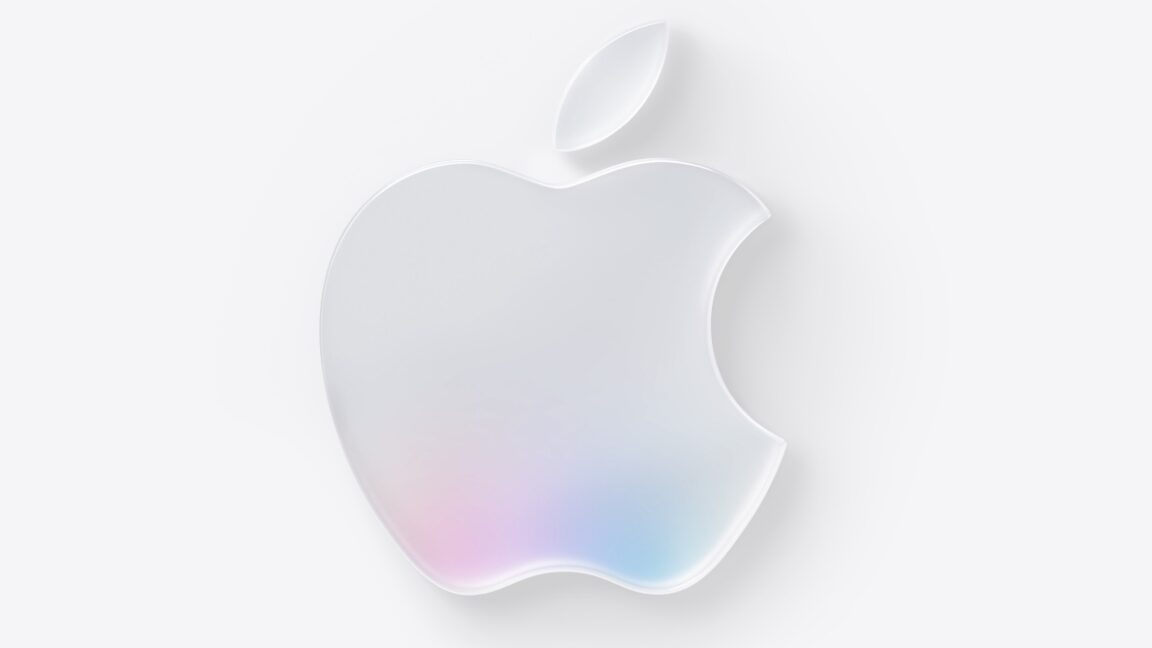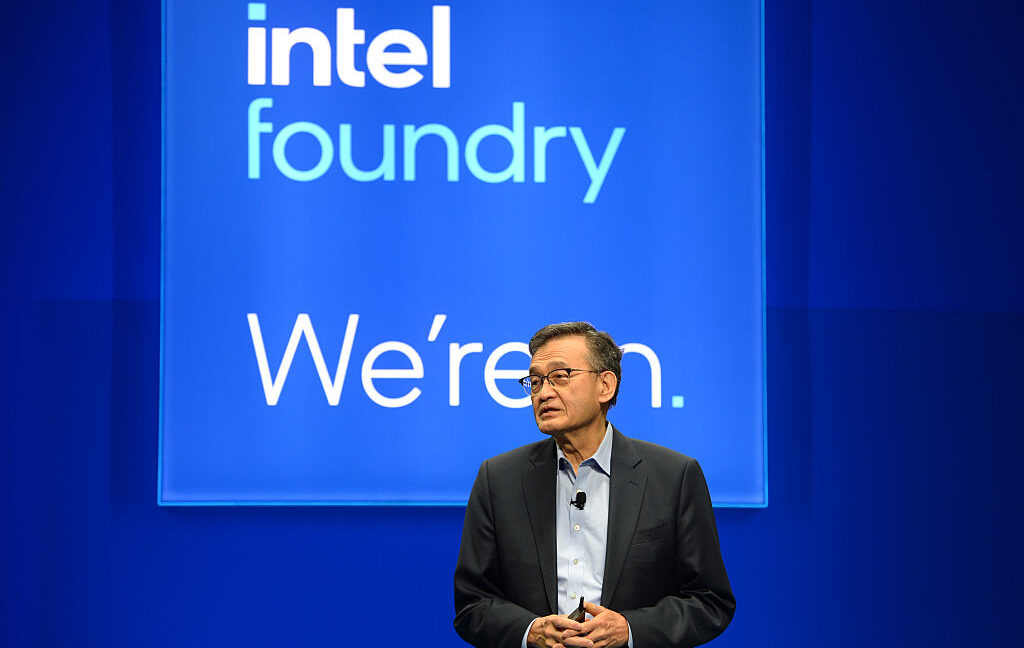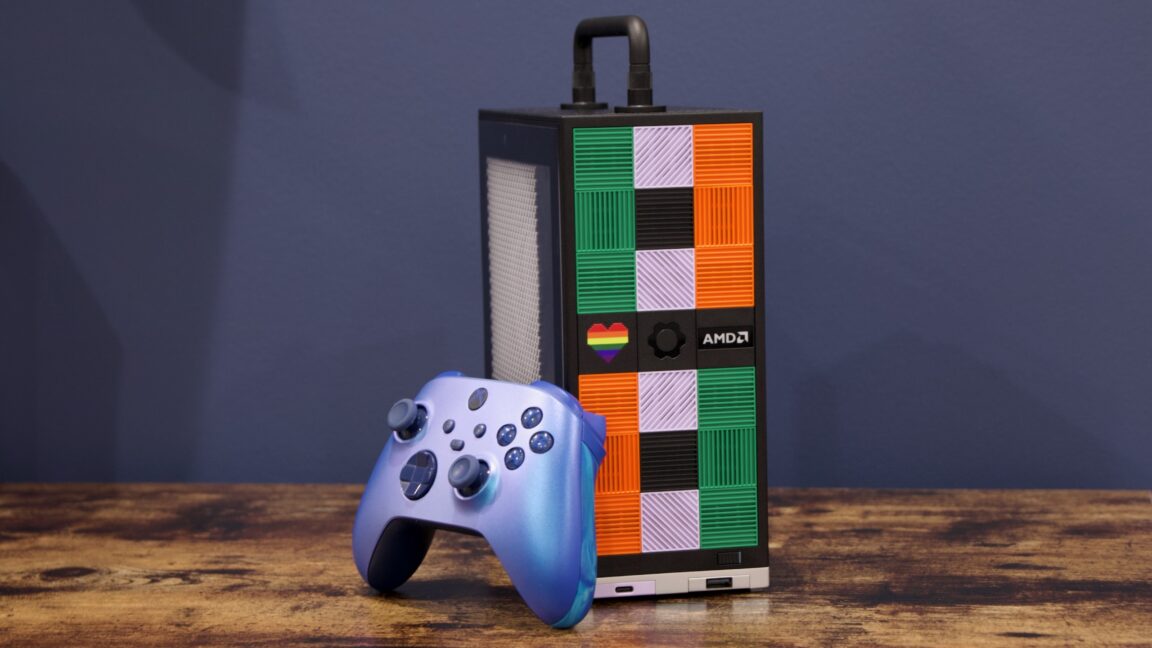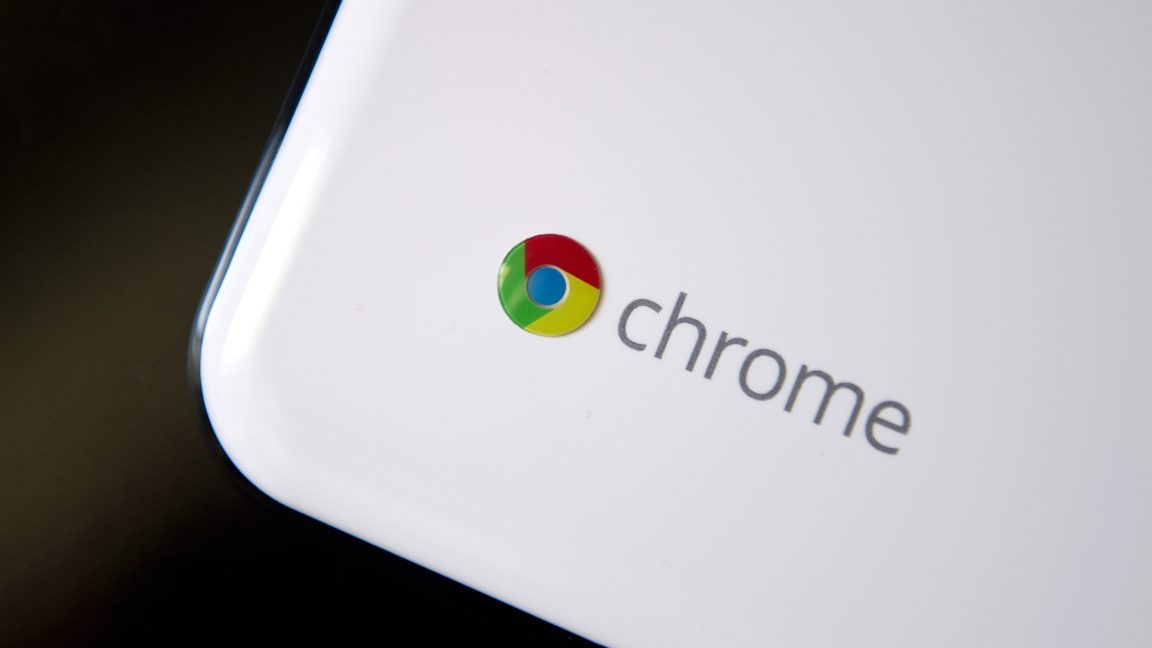Apple’s next smart home push: tabletop robot, smart displays, and security cameras

Whispers about a touch-enabled smart home display from Apple have circulated for years, buoyed by hints in test software. A new wave of reporting now suggests Apple’s ambitions stretch well beyond a simple HomePod-with-a-screen.
One centerpiece in development is said to be a tabletop robot: imagine an iPad-like screen mounted on a movable limb that can swivel, tilt, and reposition to follow someone around a room. The device reportedly turns toward a person who’s speaking—or toward someone it’s trying to get the attention of. Early prototypes have used a roughly 7-inch display and include a built-in camera for video calls.
Timing remains fluid. Internally, Apple is said to be targeting around 2027 for some version of the robot, though—like any unannounced product—that date could arrive sooner, slip later, or never materialize. A more straightforward smart display (think: HomePod with a screen, no robotic motion) was once eyed for 2025 but has reportedly shifted to 2026. The robot could follow as a pricier, more capable sibling, with both devices expected to share the same software foundation.
Beyond displays, Apple is also testing home security gear, including cameras and smart doorbells that support facial recognition. Recognized faces could trigger automations—unlocking a door for a family member, dimming or turning off lights, or queuing up music when someone arrives—tightly integrated with the Apple Home ecosystem.
The roadmap echoes some of Amazon’s recent forays, from experimental devices like the Astro home robot to large smart displays in the Echo Show lineup (15- and reportedly 21-inch variants), as well as security offerings under Blink and Ring. Notably, Amazon has scaled back certain hardware bets in the last couple of years amid questions about returns on investment.
Underpinning Apple’s smart home plans is a more conversational Siri powered by large language models—the same class of AI behind modern chatbots. That “more personal Siri” was originally aimed at a 2024 debut alongside iOS 18 but slipped to later software updates after reliability concerns surfaced during testing.
Insiders say two versions are in trial: one dubbed “Linwood,” built on an in-house language model, and another called “Glenwood,” which leverages external models (for example, Claude). The objective is a smarter assistant that can understand context, orchestrate complex smart home scenes, and proactively help across devices.
As always with early hardware work, none of this is official until Apple says so. Features, names, and timelines may evolve—or be shelved altogether—before anything reaches stores.



